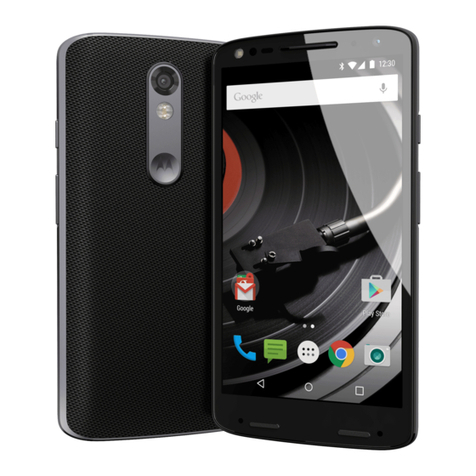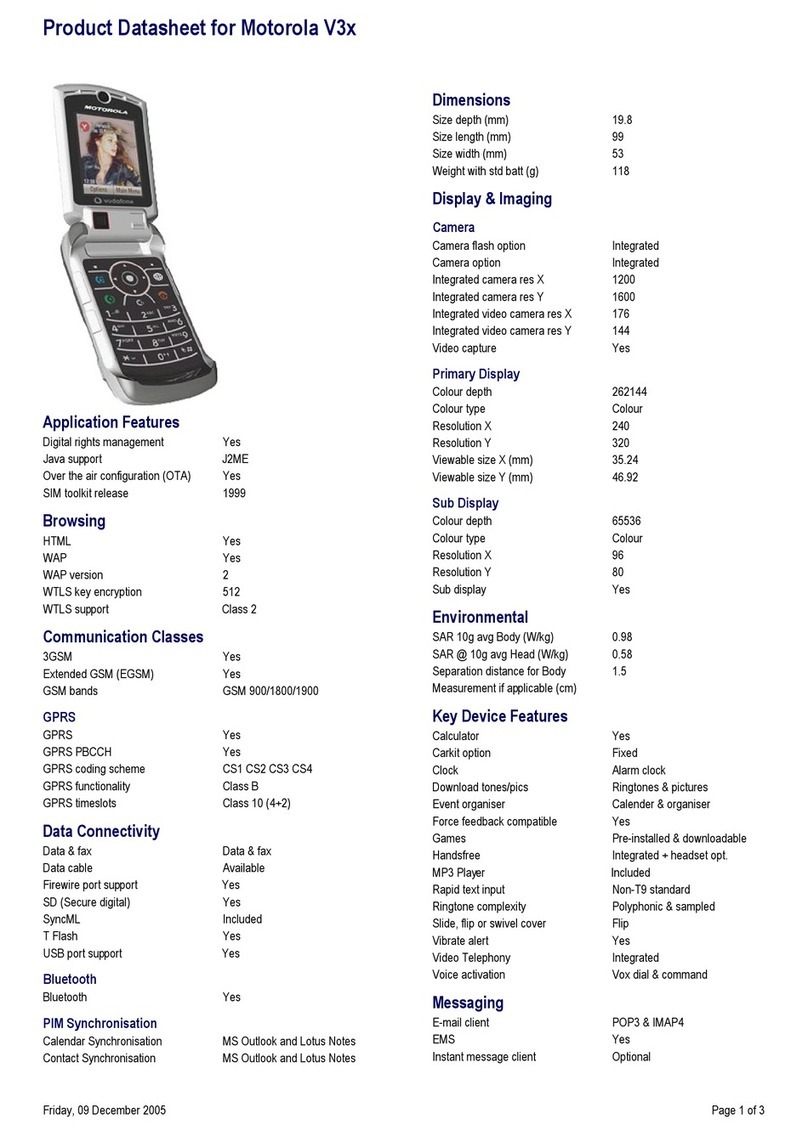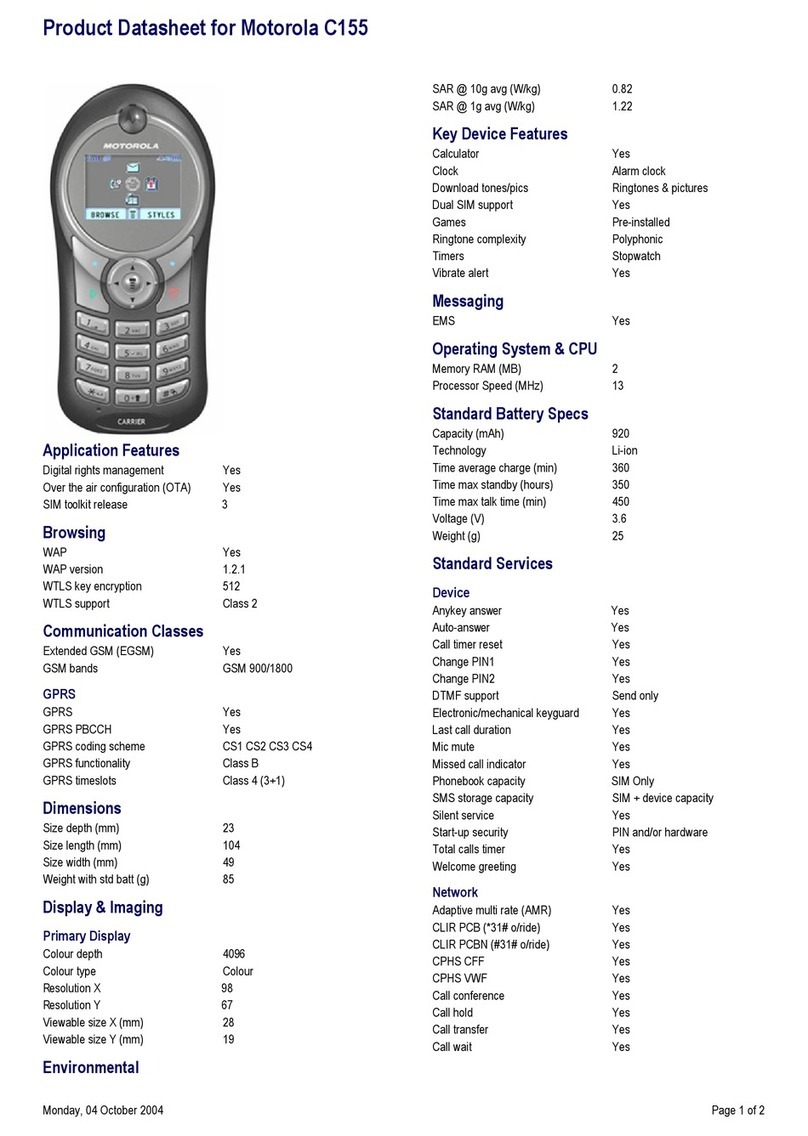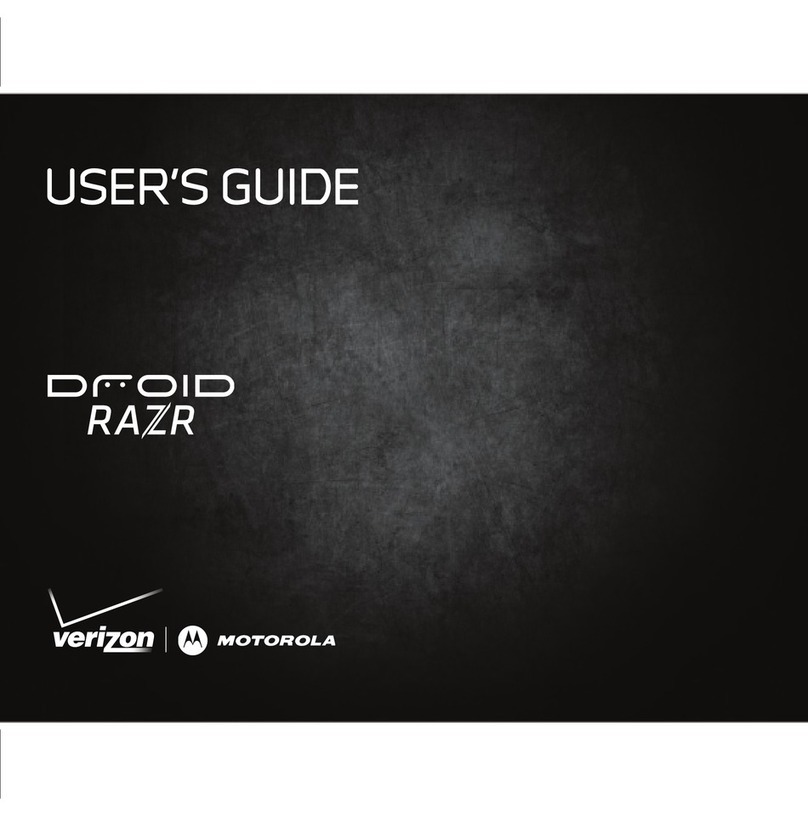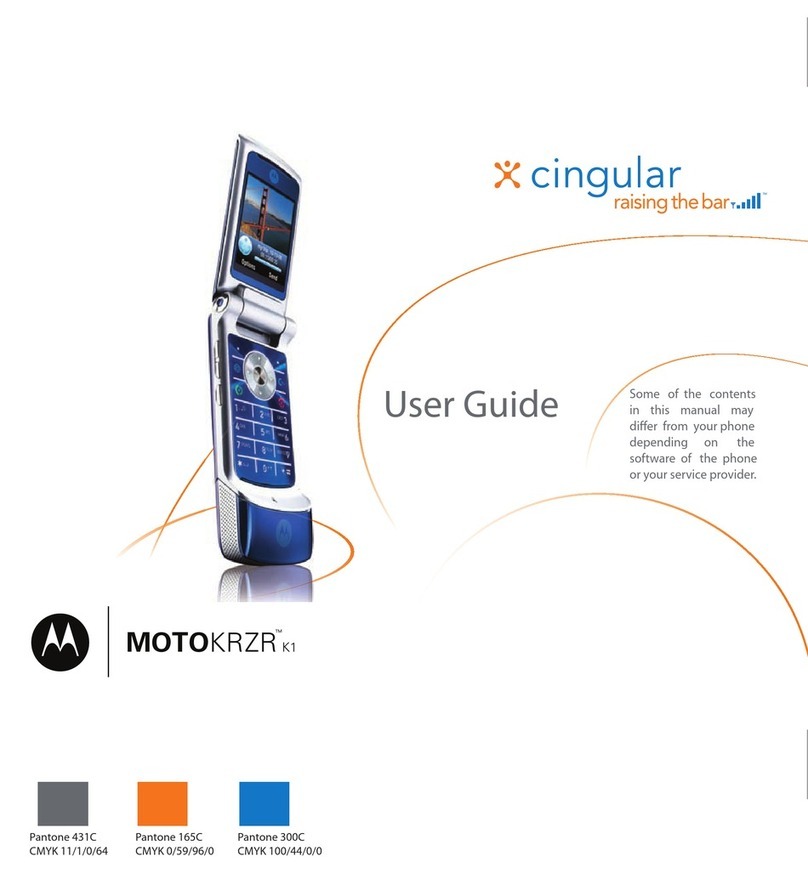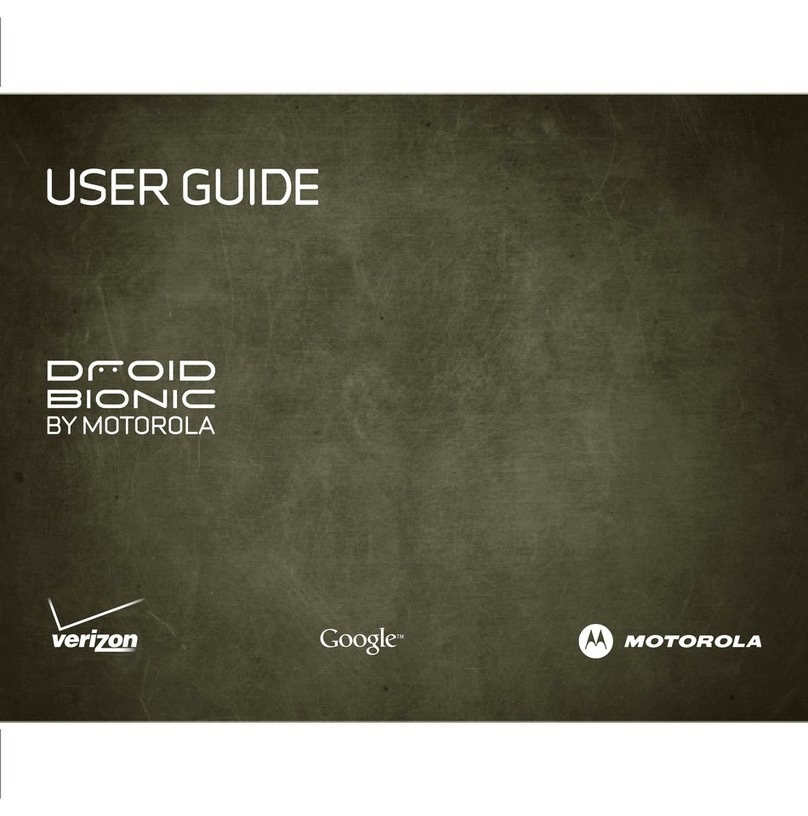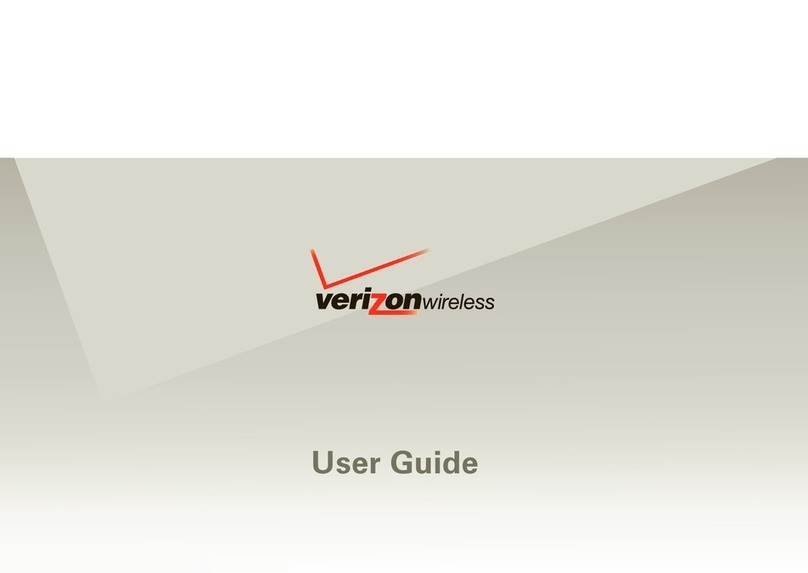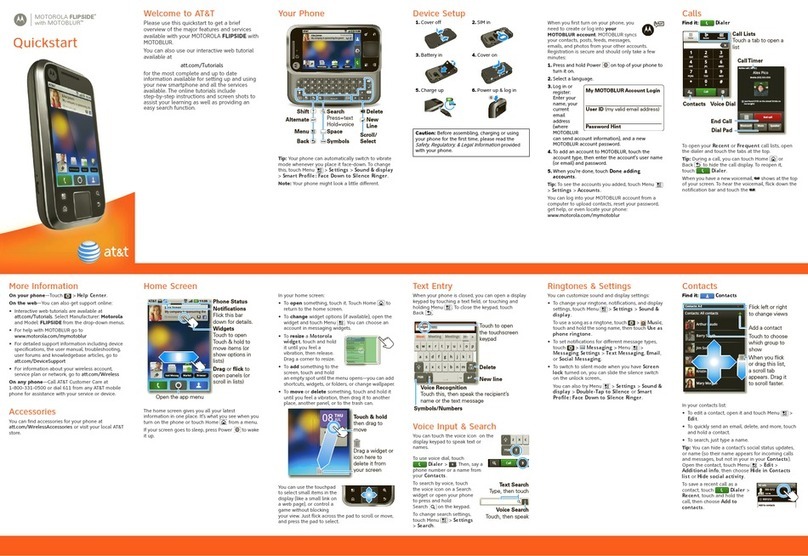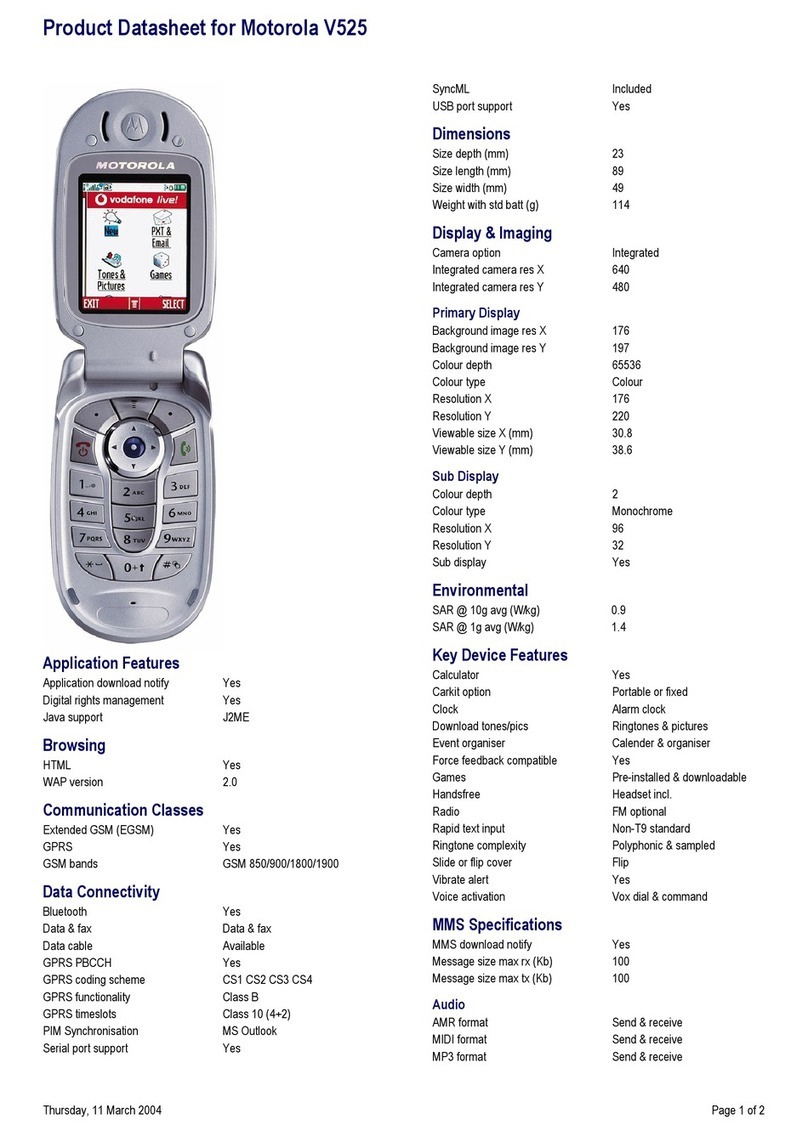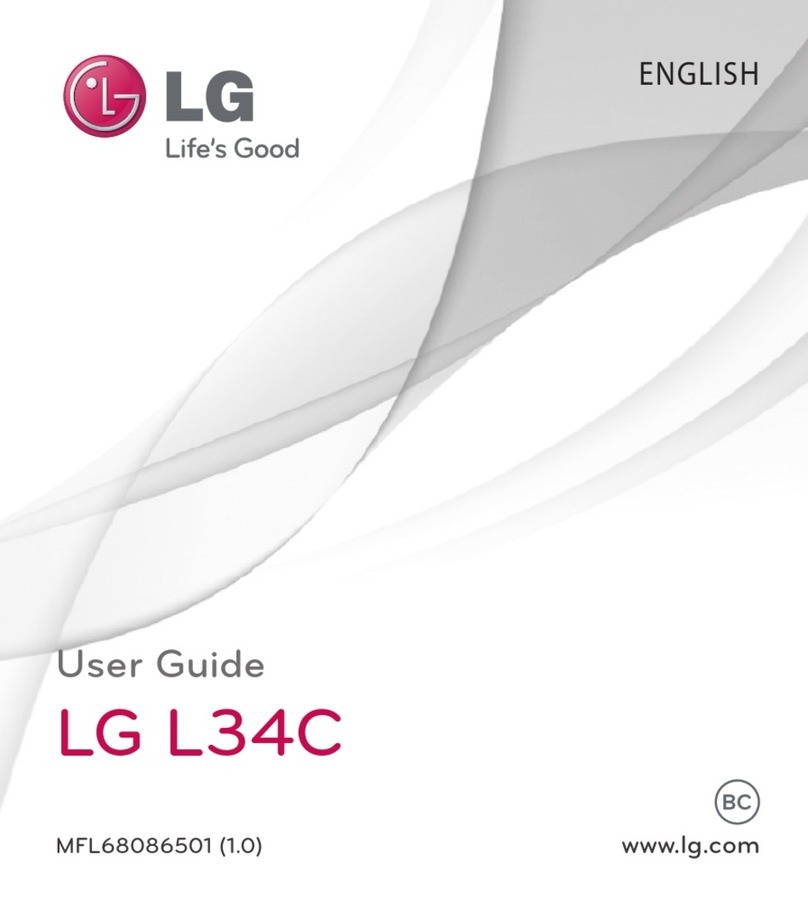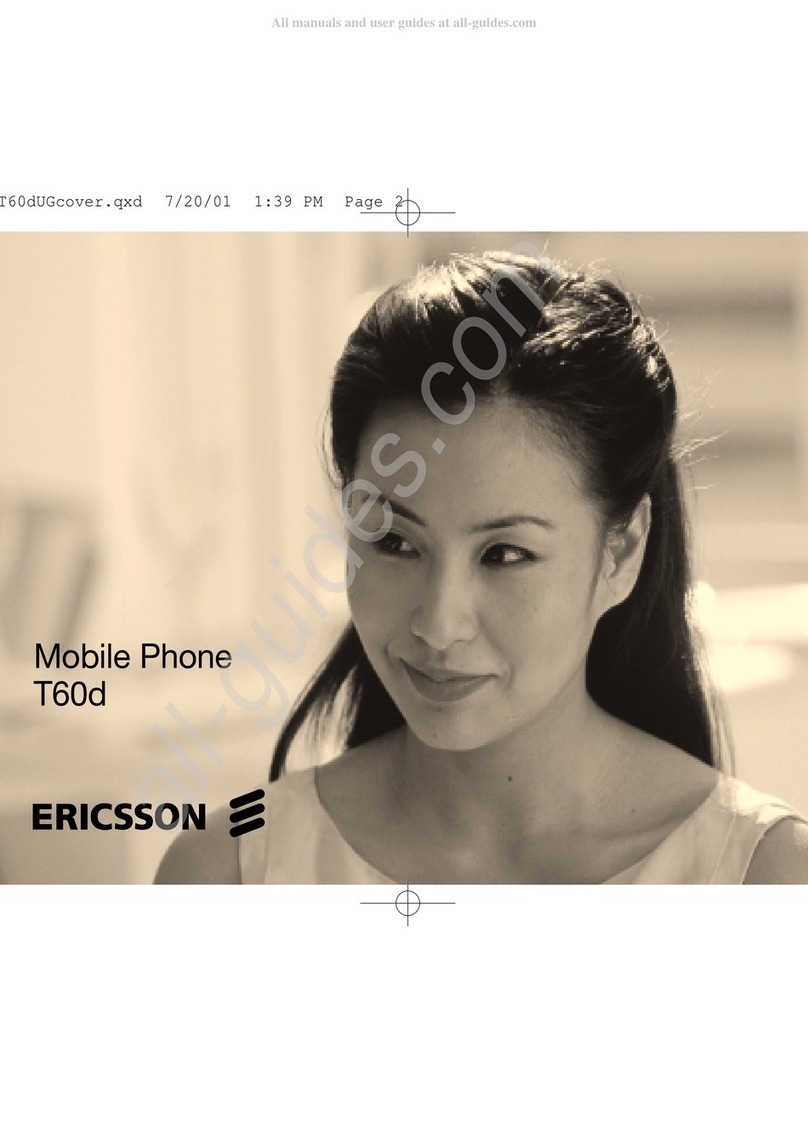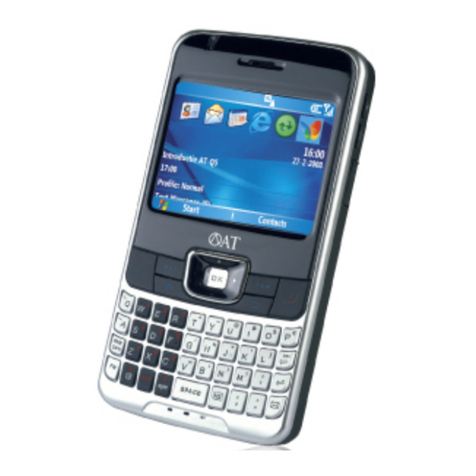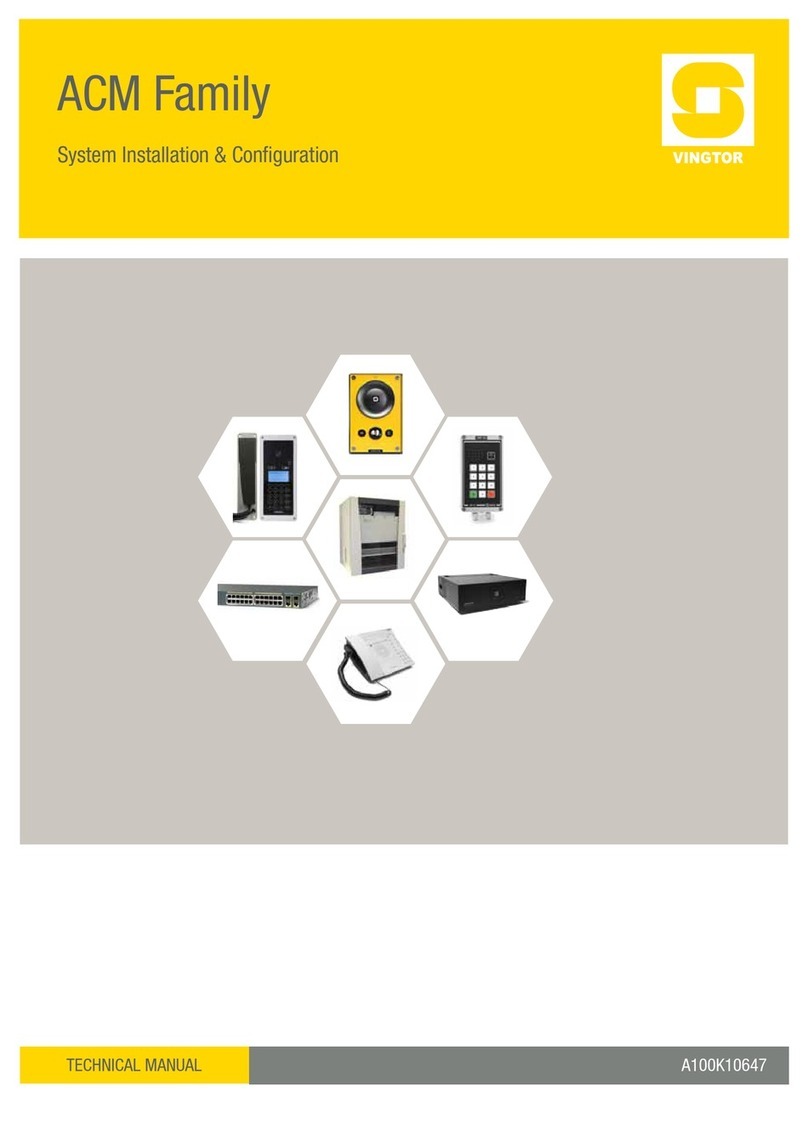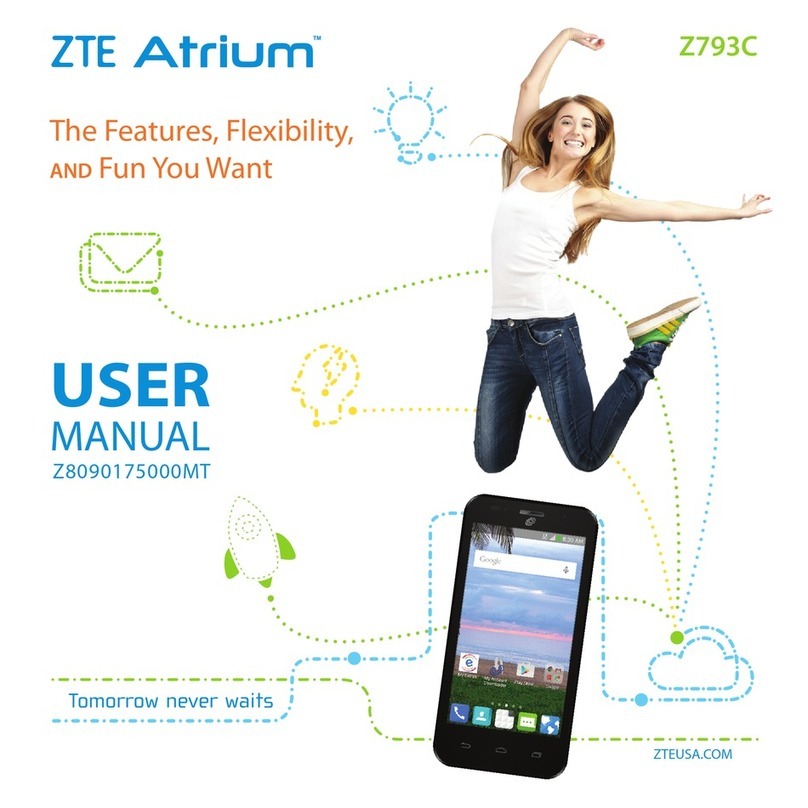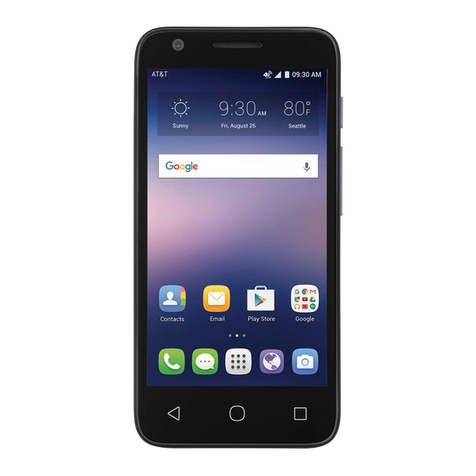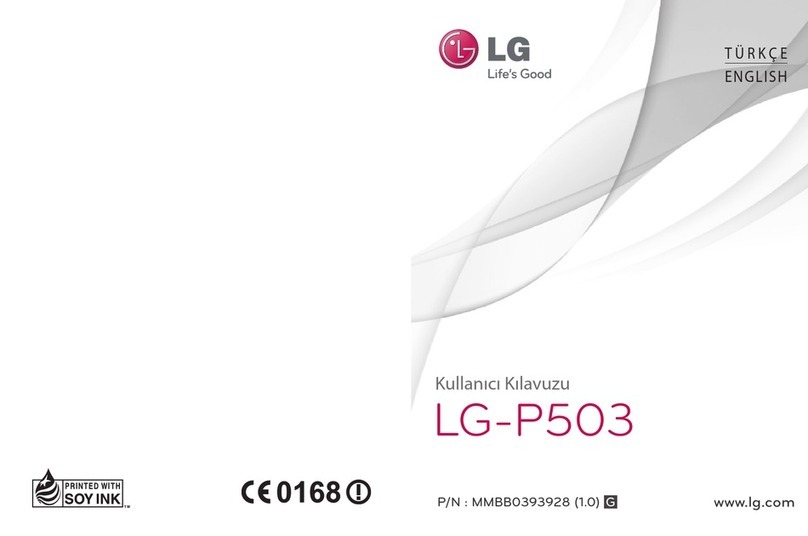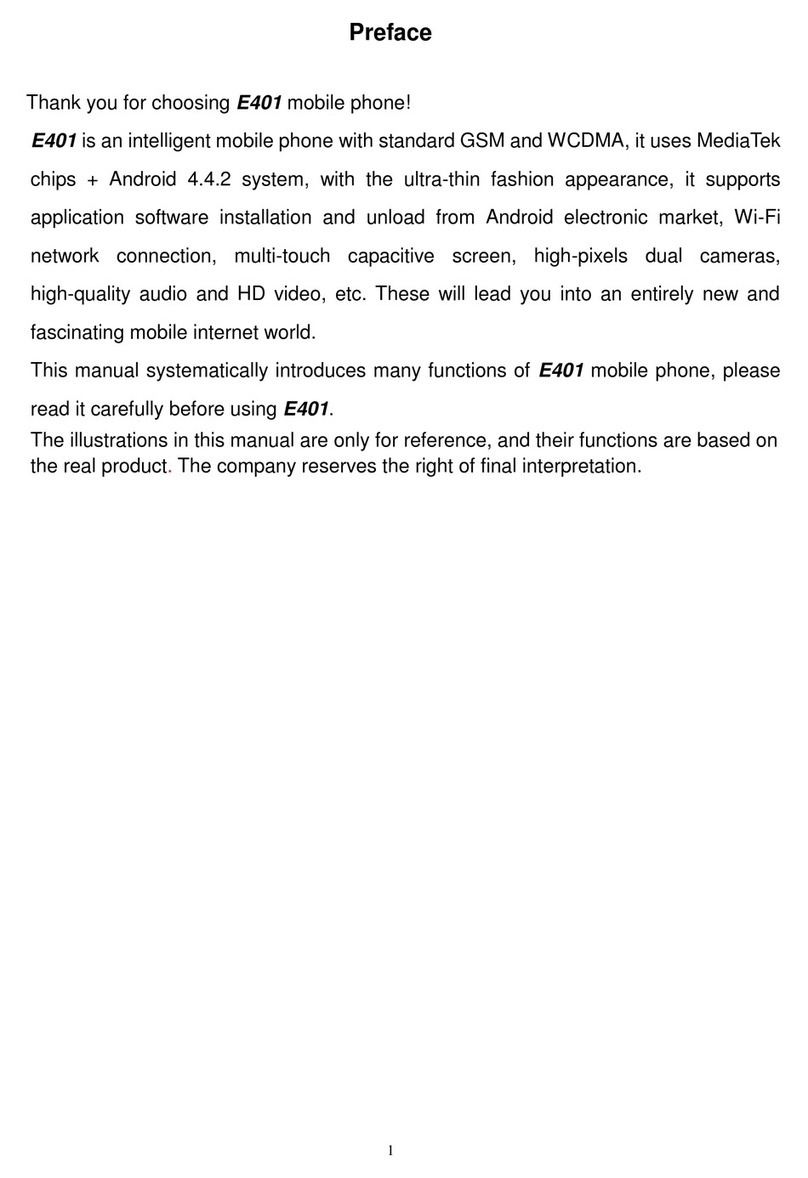
Safety
Safety
9
Safety
IMPORTANT
Read this information before using your wireless
handheld phone.
Exposure To Radio Frequency Signals
Your wireless handheld portable telephone is a low power radio transmitter and receiver. When it
is ON, itreceives and also sends out radio frequency (RF) signals.
International agencies have set standards and recommendations for the protection of public
exposure to RF electromagnetic energy.
•International Commission on Non-Ionizing Radiation Protection (ICNIRP) 1996
•Verband Deutscher Elektrotechniker (VDE) DIN-0848
•United States Federal Communications Commission, Radio Frequency Exposure
Guidelines (1996)
•National Radiological Protection Board of the United Kingdom, GS 11, 1988
•American National Standards Institute (ANSI) IEEE. C95. 1-1992
•National Council on Radiation Protection and Measurements (NCRP). Report 86
•Ministry of Health (Canada), Safety Code 6
These standards are based on extensive scientific review. For example, over 120 scientists,
engineers, and physicians from universities, government health agencies, and industry reviewed
the available body of research to develop the updated ANSI standard.
The design of your phone complies with these standards when used normally.
Antenna Care
Use only the supplied or an approved replacement antenna. Unauthorized antennas,
modifications, or attachments could damage the phone and may violate local agency
regulations.
Phone Operation
Normal Position
Hold the phone as you would any other telephone, with the antenna pointed up and over your
shoulder.
Tips on Efficient Operation
Observe the following guidelines to operate your phone most efficiently.
•Extend your antenna fully, if applicable.
•Do not touch the antenna unnecessarily when the phone is in use. Contact with the
antenna affects call quality and may cause the phone to operate at a higher power level
than otherwise needed.
Batteries
!CAUTION:All batteries can cause property damage, injury, or burns if a
conductive material, such as jewelry, keys or beaded chains, touches
exposed terminals. The material may complete an electrical circuit and
become quite hot. To protect against such unwanted current drain, exercise
care in handling any charged battery, particularly when placing it inside
your pocket, purse, or other container with metal objects. When the
battery is detached from the phone, your batteries are packed with a
04_Safety.fm Page 9 Friday, April 7, 2000 5:48 PM
